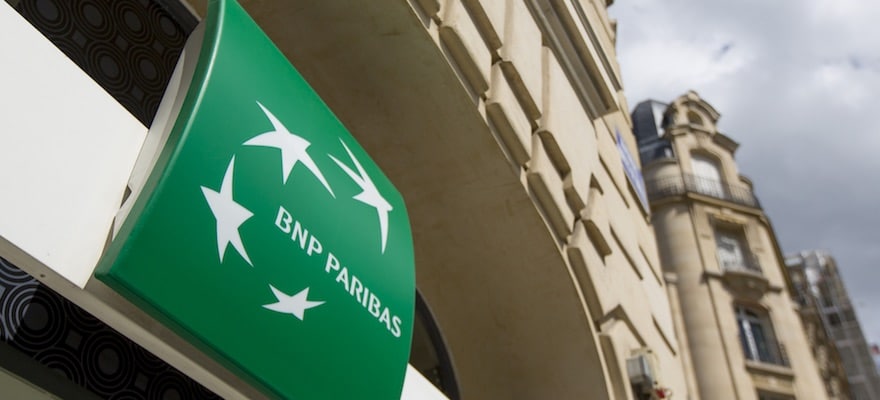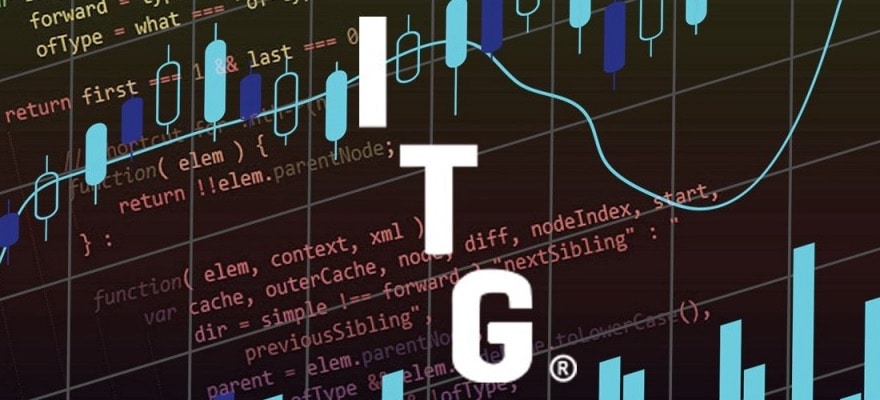BNP Paribas Securities Services has launched 'Smart Chaser', a new artificial intelligence tool to boost its trade processing services and increase efficiency in the trading system. Smart Chaser is a trade matching and predictive analysis tool that identifies trades which may require manual intervention, based on historical data. Trade matching is a comparison of trade details between client, broker, and middle office. The matching must be performed in a timely manner or a trade will require manual intervention. The new technology will predict the likelihood of delayed trade matching. It will ascertain the cause of the delay and suggest a pre-designed email template to be sent to clients by the middle office operation team. This process will further automate middle and back office services. Thomas Durif, Global Head of Middle Office Products, said: “We estimate that up to 30% of the trades processed on behalf of asset managers require manual intervention in order to complete. This is an industry-wide challenge which is often caused by counterparties holding mismatching data for the same trade. Using predictive analysis, Smart Chaser will analyse historical data to identify patterns in trades that have required manual intervention in the past and proactively warn clients and their brokers on their live trading activity so they can take action promptly. We are already making good progress, having reached around 98% prediction accuracy." Global Head of Investment Services and Analytics , Maxime Boyer-Chammard, added: "We are delighted to be working on this new tool. Smart Chaser is a great example of how we aim to transform our middle office technology and make straight through processing a reality thanks to Big Data and predictive analytics, to the ultimate benefit of our clients." Artificial intelligence is taking a central place in the investment and financial world and BNP Paribas is investing big in developing its system around this new technology. Recently, its asset management division took a majority stake in Belgian robo-adviser firm Gambit, which provides automated advice solutions to retail= and wealth management networks. .
BNP Paribas Securities Services has launched 'Smart Chaser', a new artificial intelligence tool to boost its trade processing services and increase efficiency in the trading system. Smart Chaser is a trade matching and predictive analysis tool that identifies trades which may require manual intervention, based on historical data. Trade matching is a comparison of trade details between client, broker, and middle office. The matching must be performed in a timely manner or a trade will require manual intervention. The new technology will predict the likelihood of delayed trade matching. It will ascertain the cause of the delay and suggest a pre-designed email template to be sent to clients by the middle office operation team. This process will further automate middle and back office services. Thomas Durif, Global Head of Middle Office Products, said: “We estimate that up to 30% of the trades processed on behalf of asset managers require manual intervention in order to complete. This is an industry-wide challenge which is often caused by counterparties holding mismatching data for the same trade. Using predictive analysis, Smart Chaser will analyse historical data to identify patterns in trades that have required manual intervention in the past and proactively warn clients and their brokers on their live trading activity so they can take action promptly. We are already making good progress, having reached around 98% prediction accuracy." Global Head of Investment Services and Analytics Analytics Analytics may be defined as the detection, analysis, and relay of consequential patterns in data. Analytics also seeks to explain or accurately reflect the relationship between data and effective decision-making. In the trading space, analytics are applied in a predictive manner in an attempt to forecast the price more accurately. This predictive model of analytics generally involves the analysis of historical price patterns that are used in an attempt to determine certain price outcomes. Analy Analytics may be defined as the detection, analysis, and relay of consequential patterns in data. Analytics also seeks to explain or accurately reflect the relationship between data and effective decision-making. In the trading space, analytics are applied in a predictive manner in an attempt to forecast the price more accurately. This predictive model of analytics generally involves the analysis of historical price patterns that are used in an attempt to determine certain price outcomes. Analy Read this Term, Maxime Boyer-Chammard, added: "We are delighted to be working on this new tool. Smart Chaser is a great example of how we aim to transform our middle office technology and make straight through processing a reality thanks to Big Data Big Data Big data refers to the collection of data that is too complex and too large for processing by standard database tools. There is no specific quantity of data, which is set as a minimum level to be considered Big data. Image the data collected on global credit card transactions. Many governments used Big data analysis to study the recent pandemic spread. The term Big data was first introduced in 1980 by Charles Tilly.The term Big data was primarily used in computer science, statistics, and econome Big data refers to the collection of data that is too complex and too large for processing by standard database tools. There is no specific quantity of data, which is set as a minimum level to be considered Big data. Image the data collected on global credit card transactions. Many governments used Big data analysis to study the recent pandemic spread. The term Big data was first introduced in 1980 by Charles Tilly.The term Big data was primarily used in computer science, statistics, and econome Read this Term and predictive analytics, to the ultimate benefit of our clients." Artificial intelligence is taking a central place in the investment and financial world and BNP Paribas is investing big in developing its system around this new technology. Recently, its asset management division took a majority stake in Belgian robo-adviser firm Gambit, which provides automated advice solutions to retail= and wealth management networks. .





















